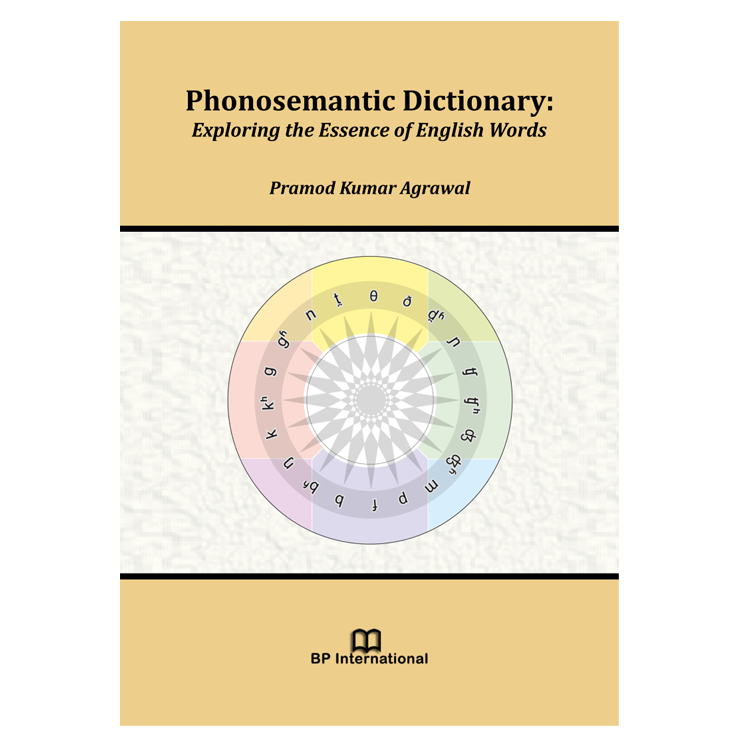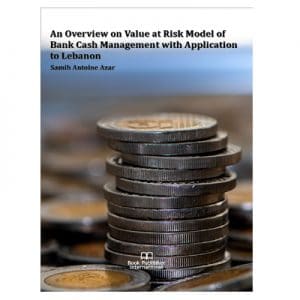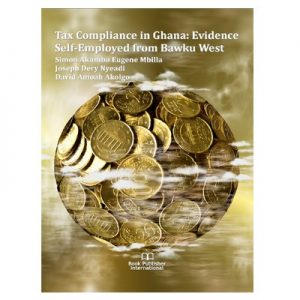The relationship between sound and meaning has fascinated humanity for centuries, inspiring linguistic theories, cultural expressions, and philosophical insights. Language, as a bridge between thought and expression, holds within its structure the mysteries of human perception, psychology, and creativity. This dictionary is a step toward decoding these mysteries through the lens of phonosemantics—a field that examines the psychological and semantic essence of sounds.
This work is grounded in the theoretical frameworks established in my earlier publications, A Philosophical Approach to the Psychological Model of Phonosemantics, available at DOI: https://doi.org/10.9734/bpi/mono/978-93-48388-46-9, and Psychological Model of Phonosemantics, published in Springer and available at DOI: 10.1007/s10936-020-09701-y. These works provide a comprehensive foundation for understanding how phonemes are intricately tied to psychological interpretations and meanings. While the earlier works delve deeply into the theoretical principles, this dictionary serves as a practical tool, allowing readers to apply those principles in analyzing and understanding the essence of English words.
The primary focus of this dictionary is to provide phonosemantic interpretations of English words using the International Phonetic Alphabet (IPA). Each entry includes a breakdown of phonemes and their semantic contributions, offering a unique perspective on how meaning emerges from sound. While this dictionary focuses on English, it is possible to create similar dictionaries for languages like French, German, or Hindi using the same phonosemantic theory, provided that accurate IPA transcriptions of words are available. This potential highlights the universality of phonosemantics as a linguistic framework.
This dictionary assumes familiarity with the theoretical aspects presented in the aforementioned works. Those seeking a deeper understanding of the methodology, historical background, or philosophical principles behind phonosemantics are encouraged to consult these publications. This book aims to stand as a practical resource for linguists, educators, and language enthusiasts, bridging the gap between theory and application.
I am grateful for the opportunity to present this work and hope it proves valuable in exploring the sound-meaning connection. Language is not merely a tool for communication but a reflection of human consciousness and perception. By decoding the phonosemantic essence of words, we may glimpse a deeper understanding of how sound shapes thought and thought shapes the world.
Finally, I humbly acknowledge that this dictionary is part of an ongoing journey. Language is a living phenomenon, ever-evolving and multi-faceted. While I have strived to make this work comprehensive, there will always be room for further discovery and refinement. I welcome feedback from readers and invite dialogue to enhance and expand this exploration of phonosemantics.





